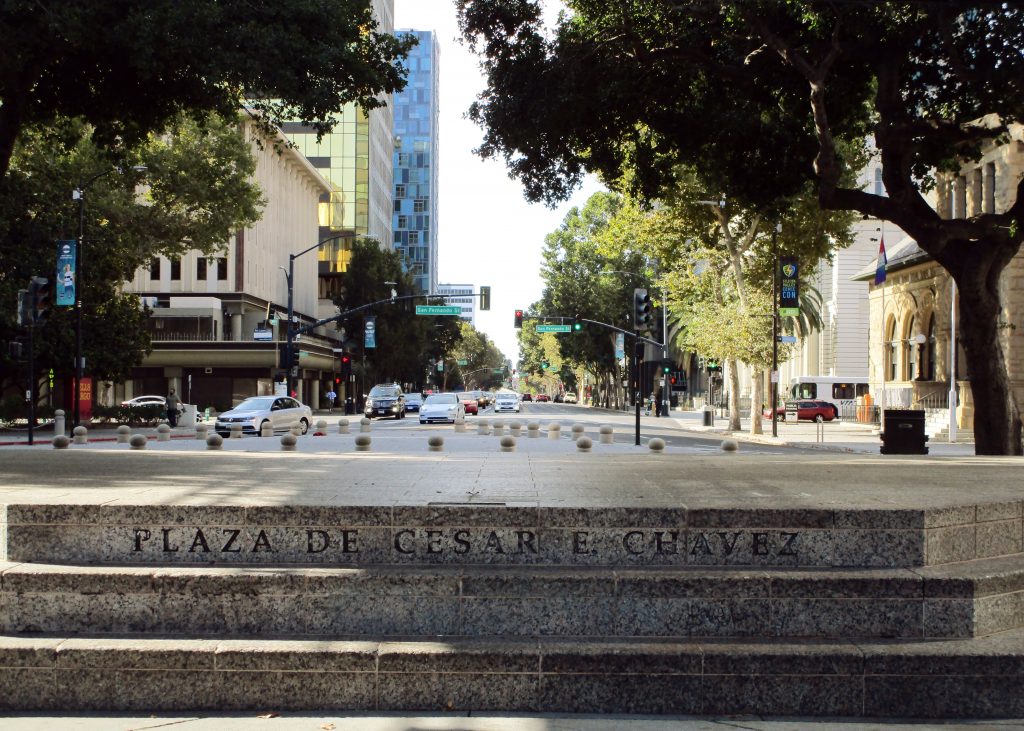
Five Skaters is a public art piece that honors five bay area Olympic champion skaters: Peggy Fleming, Debi Thomas, Brian Boitano, Kristi Yamaguchi, and Rudy Galindo.


Traveling around in #SanJose and #NearbyToSanJose at 825 mph on our spinning planet.
City Park

Five Skaters is a public art piece that honors five bay area Olympic champion skaters: Peggy Fleming, Debi Thomas, Brian Boitano, Kristi Yamaguchi, and Rudy Galindo.


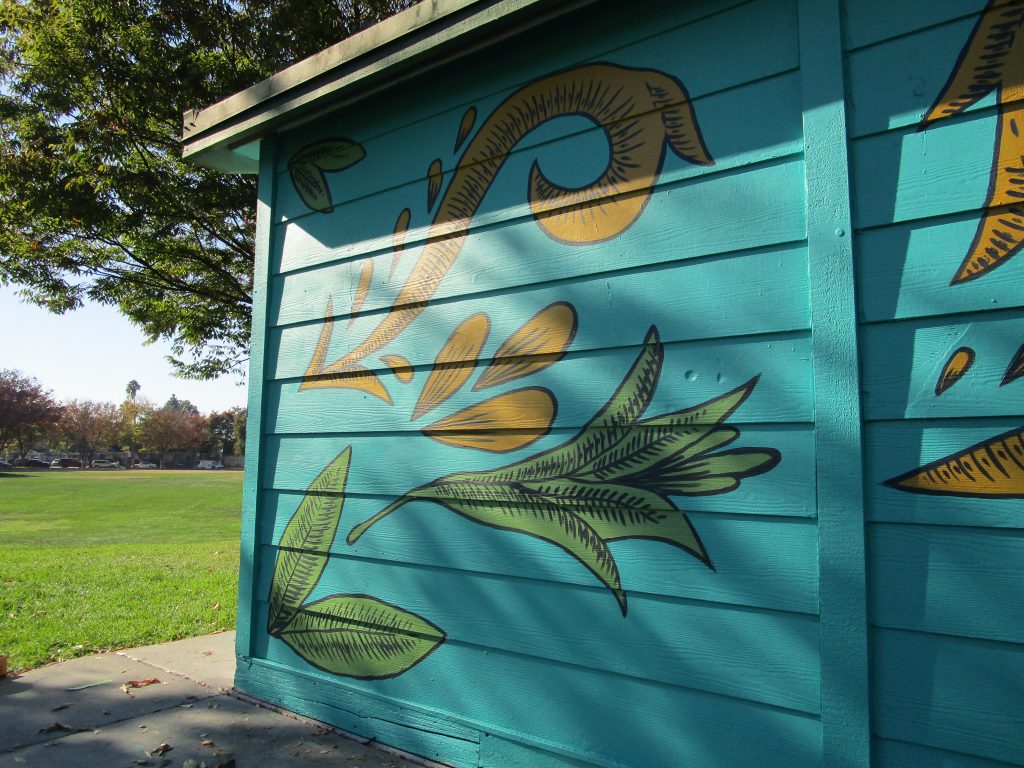
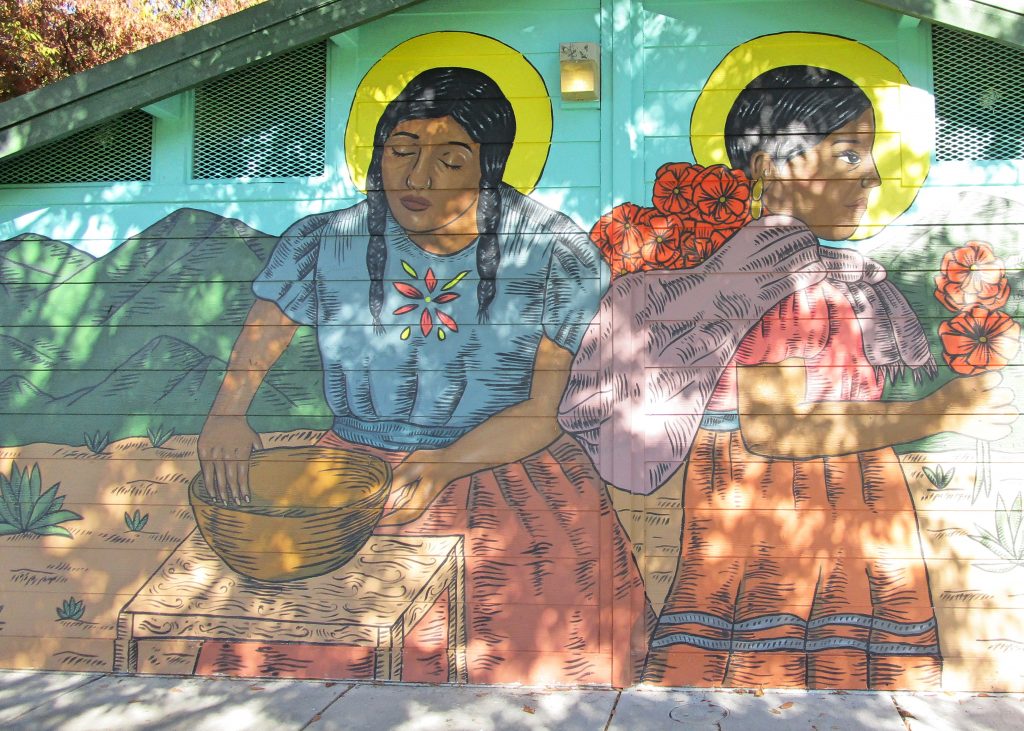
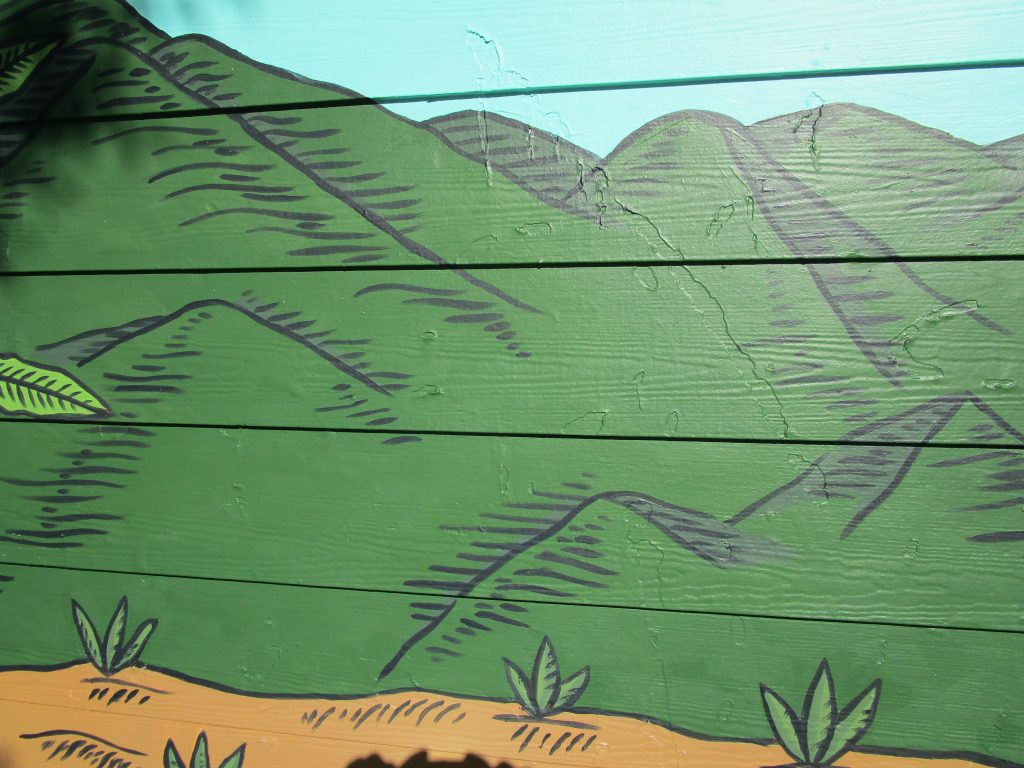
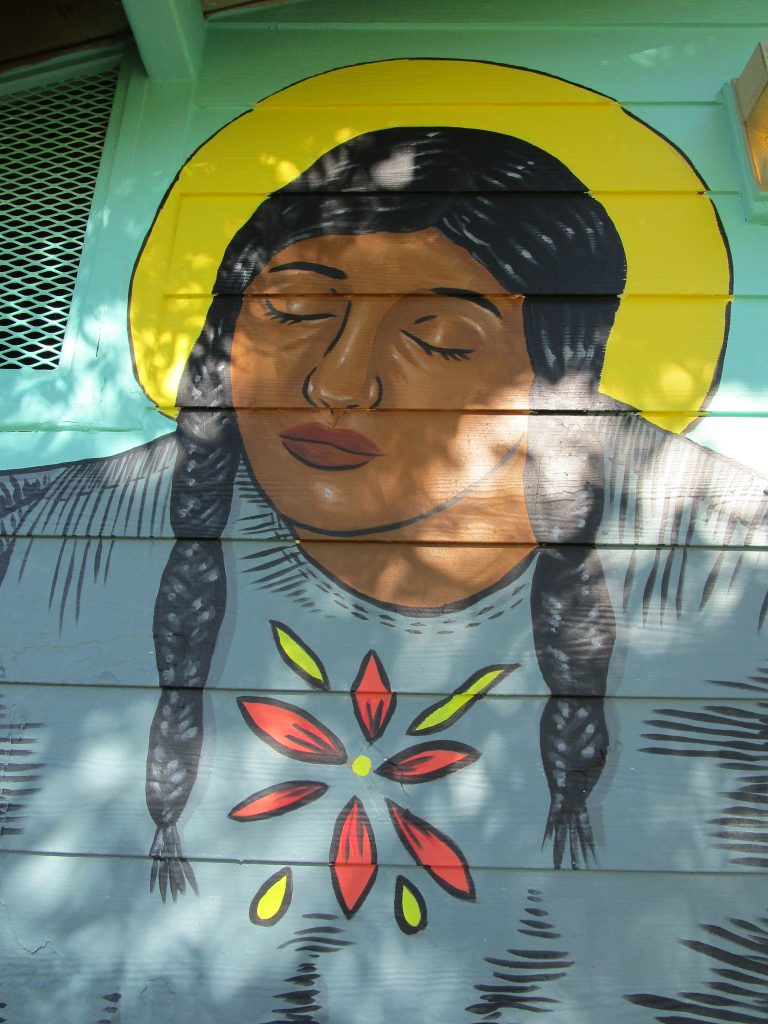
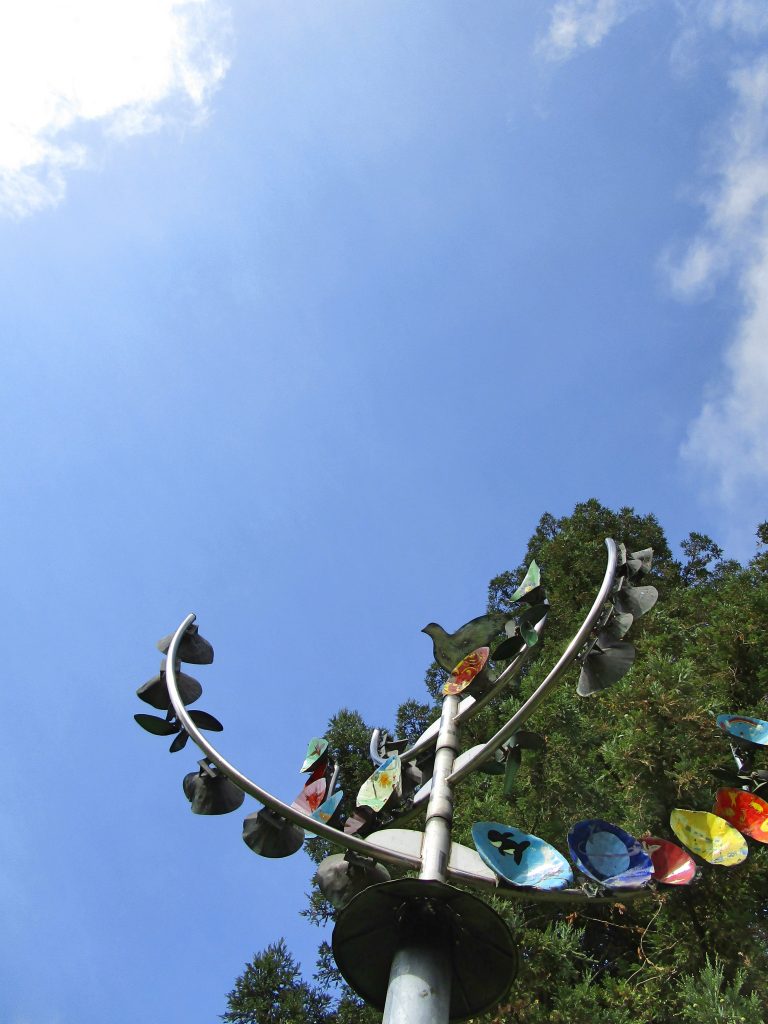

That’s Danny the Dragon. The most famous member of Happy Hollow Park & Zoo.
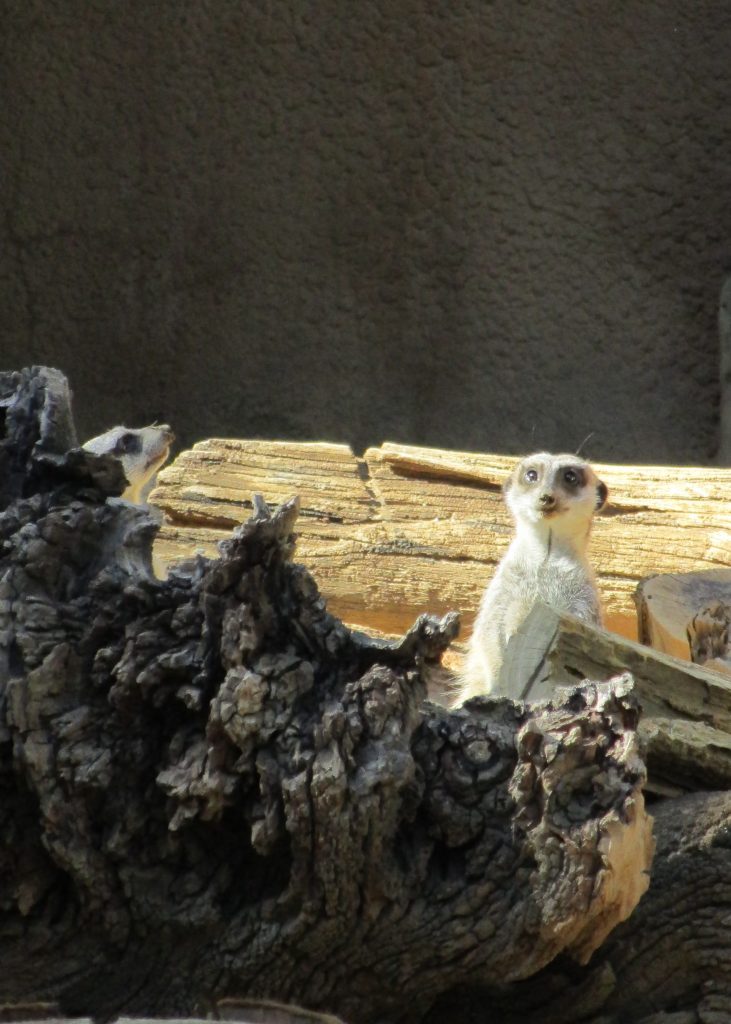
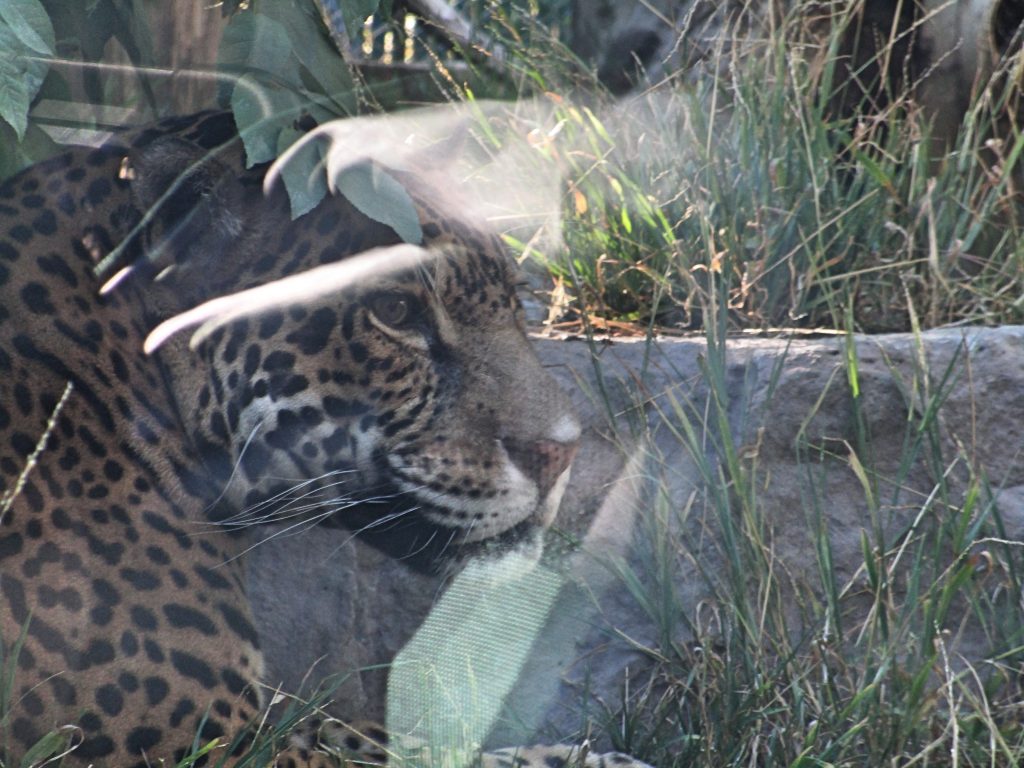
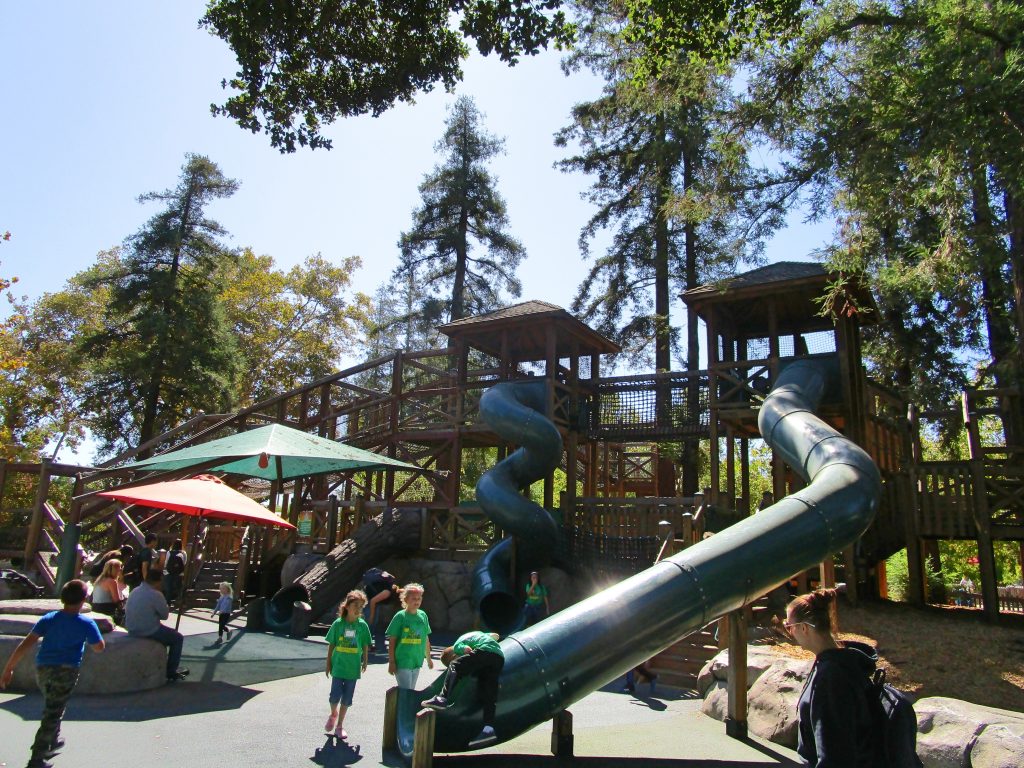
The playground here is awesome. It would have been my favorite when I was growing up. I definitely spent many happy hours at Happy Hollow exploring as a kid but this playground is new since the recent renovation. My kids love it. Well, they love the whole park. If I just follow them around they can spend the entire day here happily… which is what we did on our most recent visit.
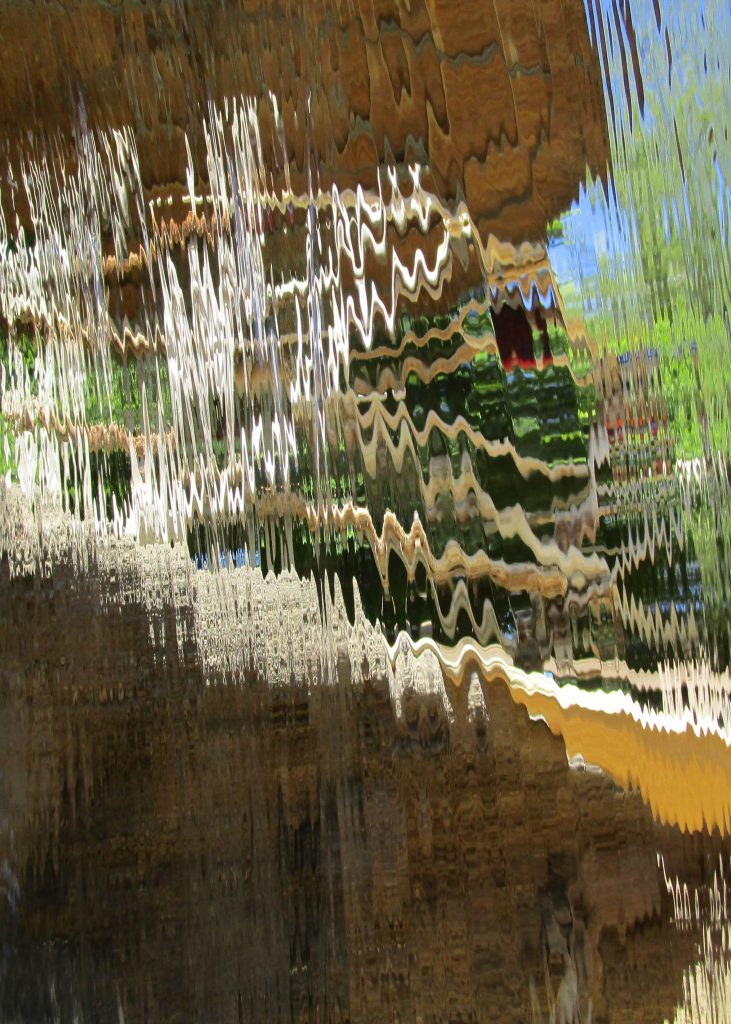

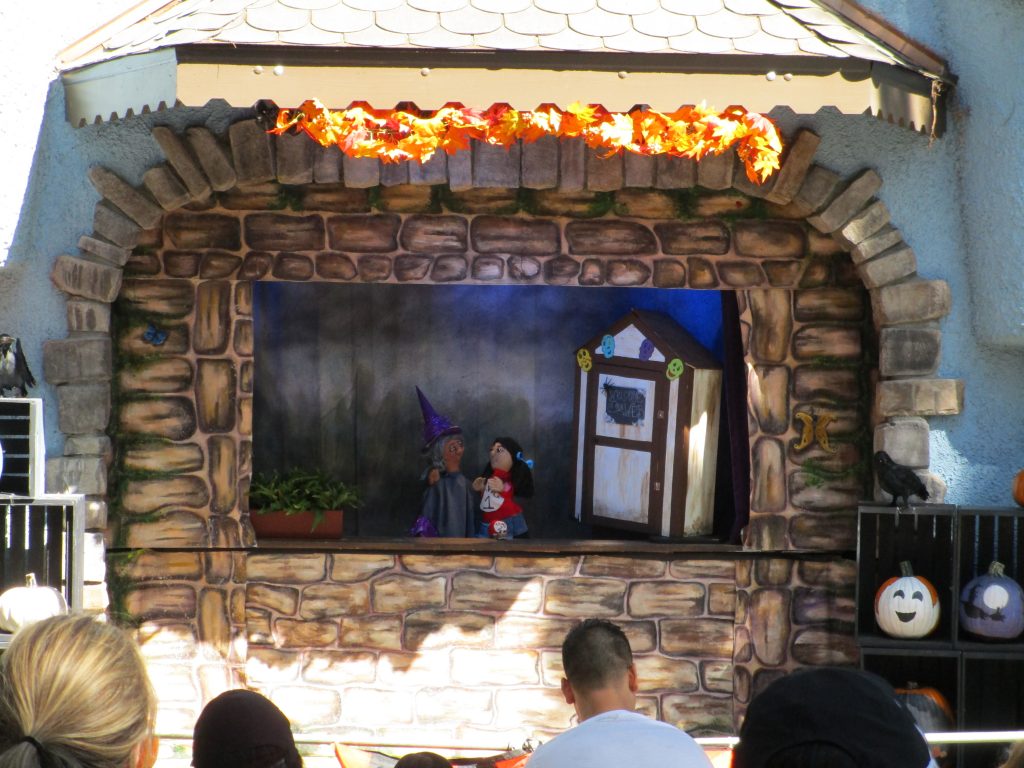
They still put on daily puppet shows! With actual puppets. They even do scenery changes during the plays. I took these plays for granted growing up and I am grateful that kids today will continue to have the same opportunity to see this kind of creativity and performance as a normal thing. They can, perhaps like myself, find the time to reflect and be grateful for places and experiences like these when they are older.


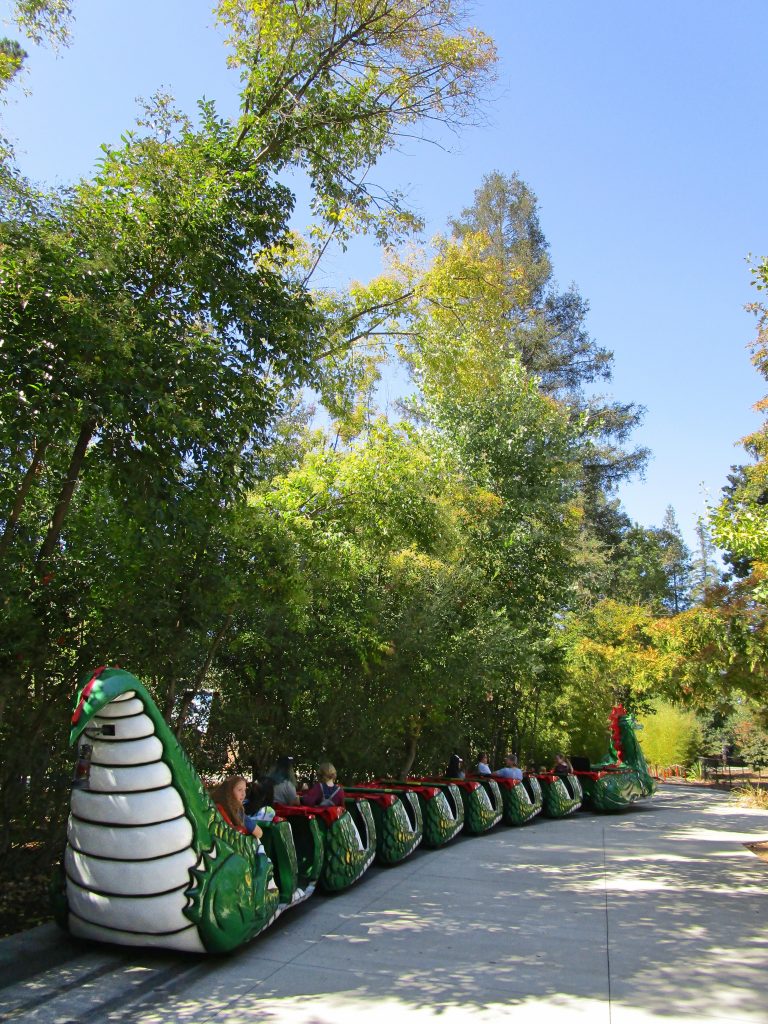
Danny the Dragon is an original member of the park from 1961 and was designed and built by the same bay area guys who built most of the famous rides you will think of when you think of Disneyland, among other theme parks. If you look close you can see that Danny the Dragon does not have tracks on the ground to roll on. One of several innovations at the time, Danny the Dragon drives himself by following the invisible electro-magnetic field pulsing along a wire buried underground in the concrete. You can look up more about Arrow Development on the internet but some of their other famous rides from the first years of Disneyland include Dumbo, Mr. Toad’s Wild Ride, Autopia, Matterhorn, It’s a Small World, and Pirates of the Caribbean. They did many rides for other places around the country including several local attractions like Great America in Santa Clara, Children’s Fairyland in Oakland, and the Beach Boardwalk in Santa Cruz. One ride they made for Alum Rock Park in San Jose, years before Happy Hollow existed, was a merry go round. That same merry go round later moved to join Danny the Dragon at Happy Hollow Park where you can ride it today.
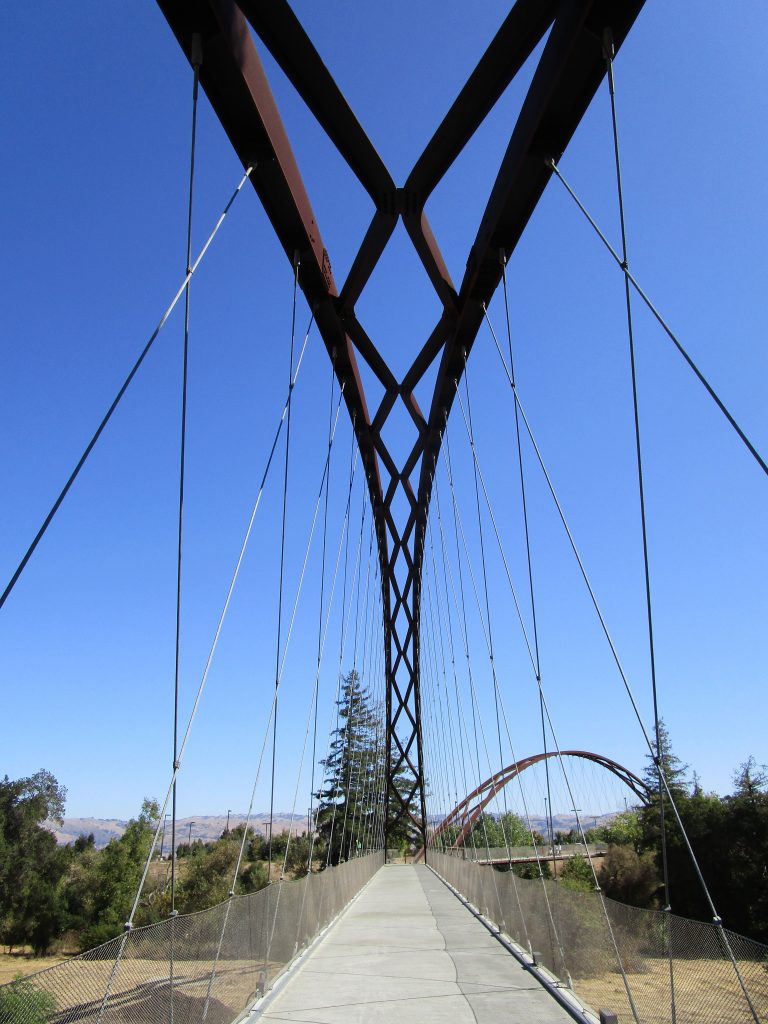
This beautiful bridge takes you to and from the Happy Hollow entrance over the Coyote Creek.
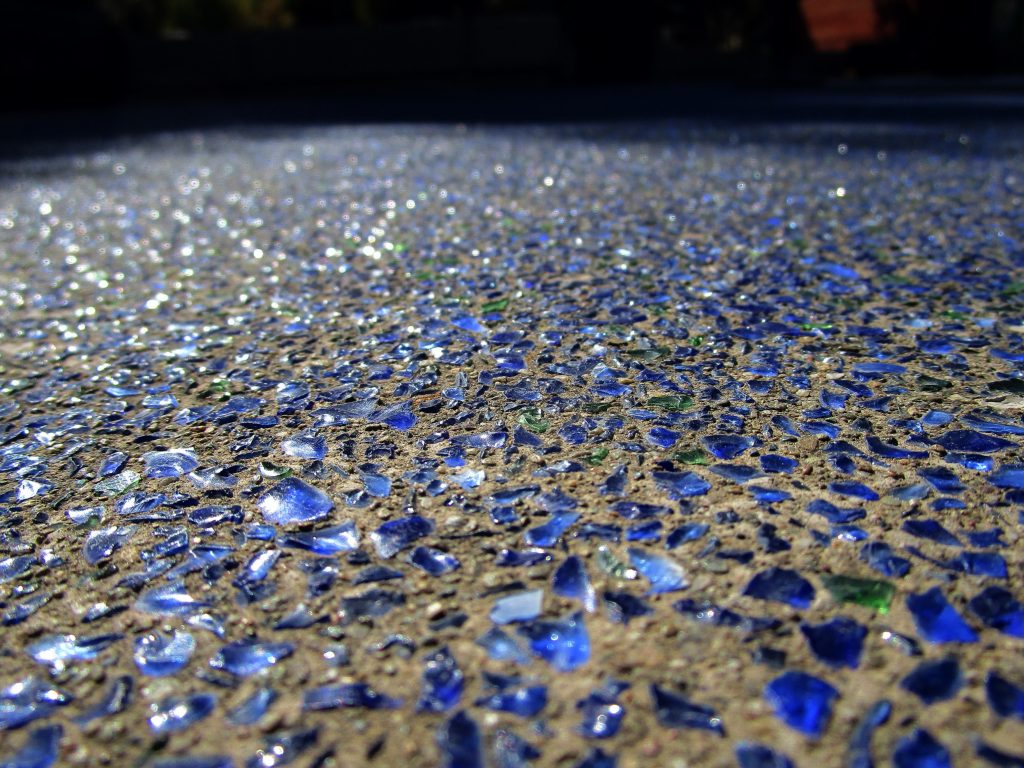
The renovations added lots of cool features, some subtle, many obvious, and many having to do with preservation and careful use of resources. The walk way above is an example of a pretty use of recycled materials. Something else I appreciate about this park is the incredible number of trees. It really is an impressive place for children to explore and adults to appreciate.
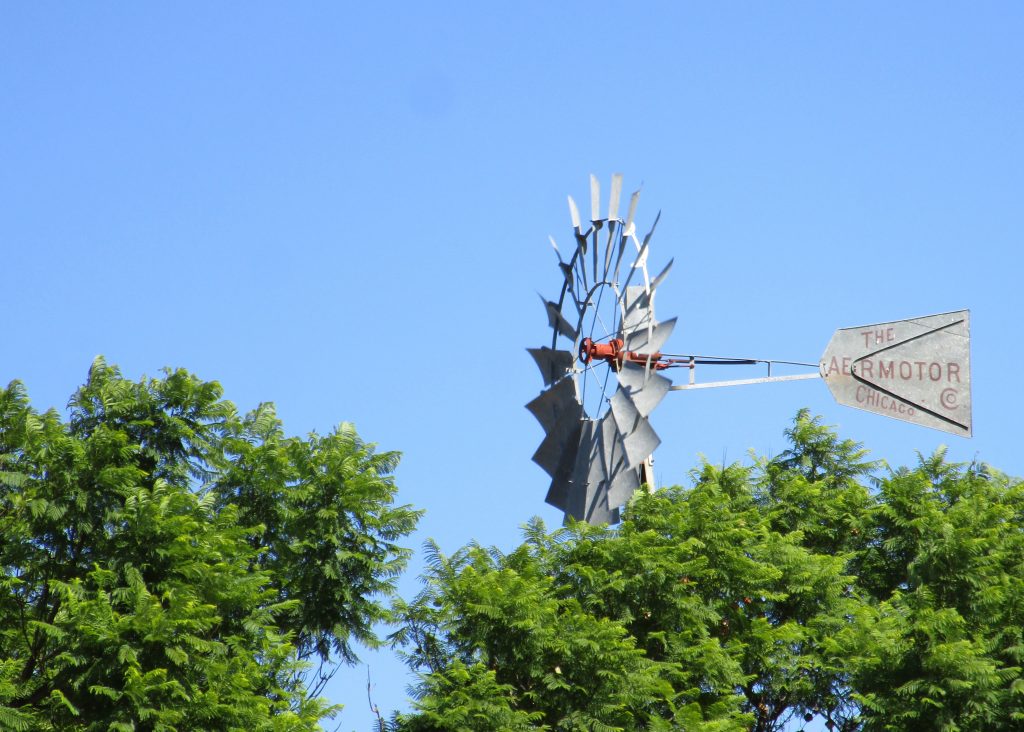
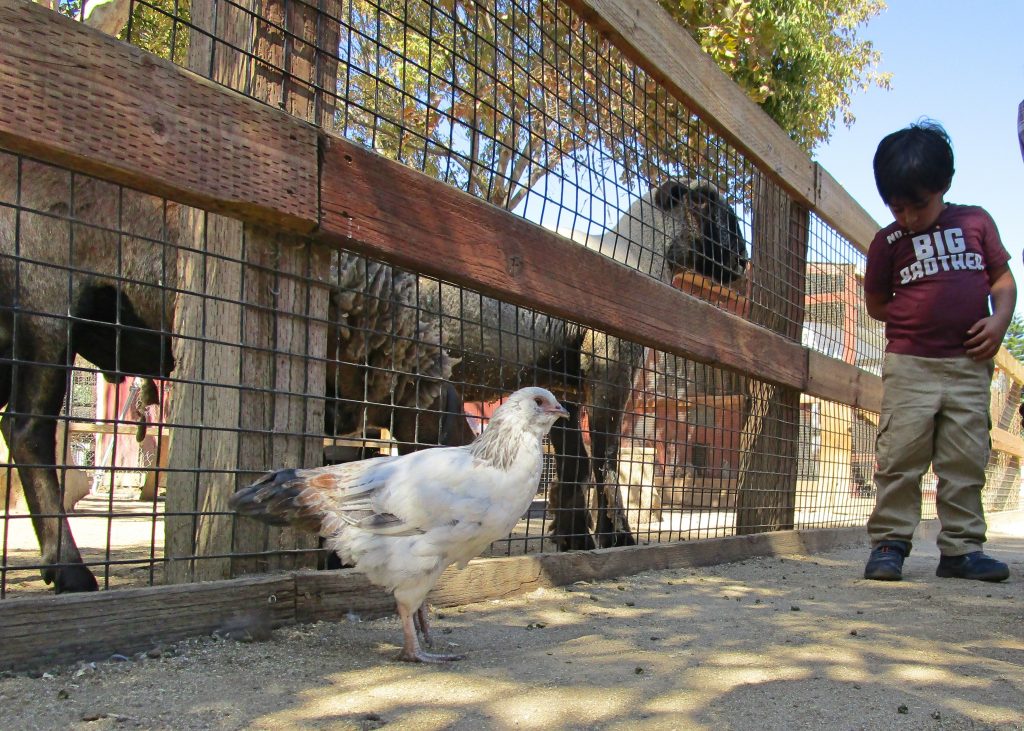
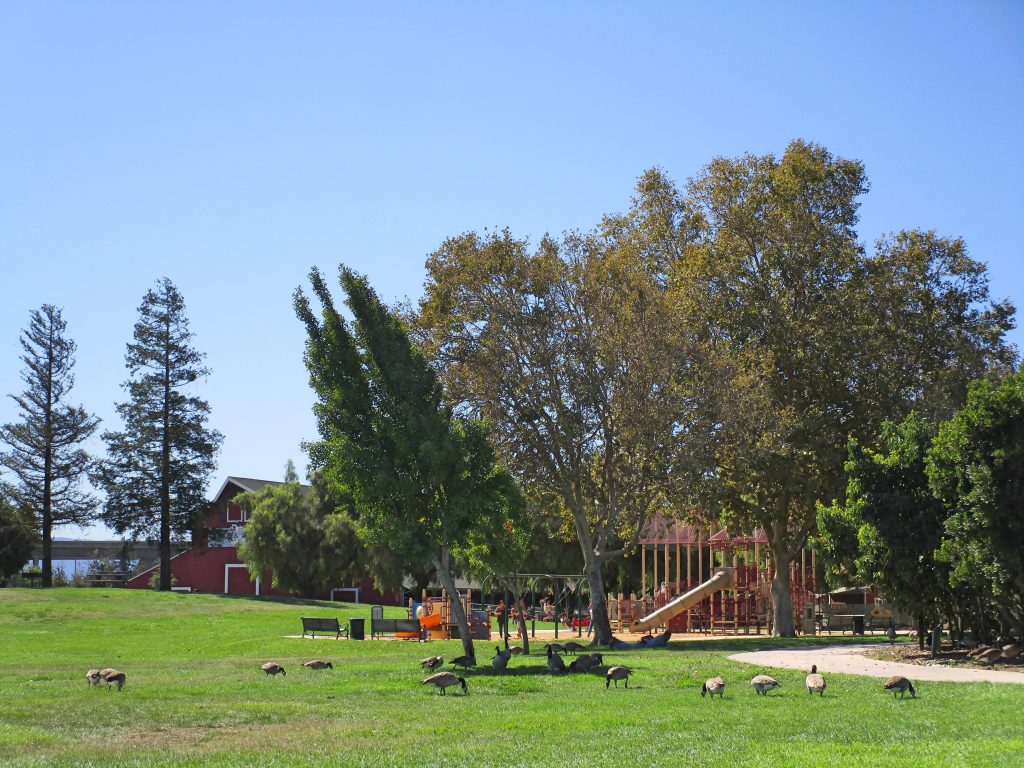
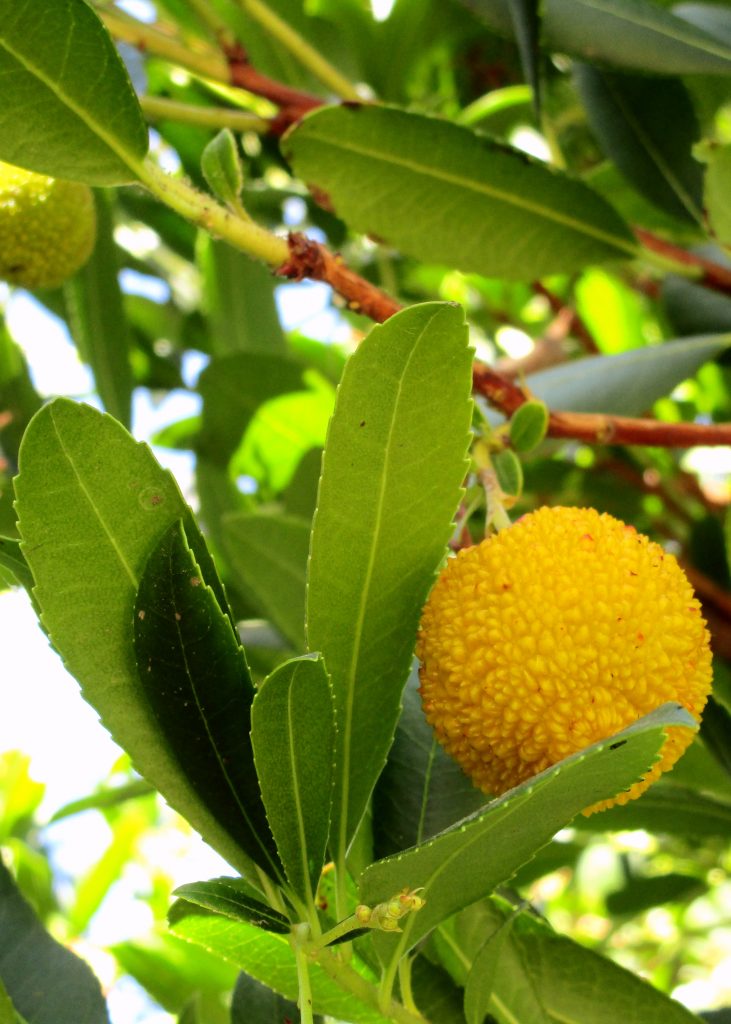
An animal petting area, playground, animal barn, park, garden, exotic fruit trees… and always free! What more could you ask for. Emma Prusch donated her farm to the city in 1962 to teach future generations about farm life. Thanks to the City of San Jose and the non-profit organization dedicated to this farm site, the park remains open daily and free to all while it continues to teach and provide for the community with activities, food, events, and countless field trips. Special places like these add so much to the richness of our neighborhoods and lives.

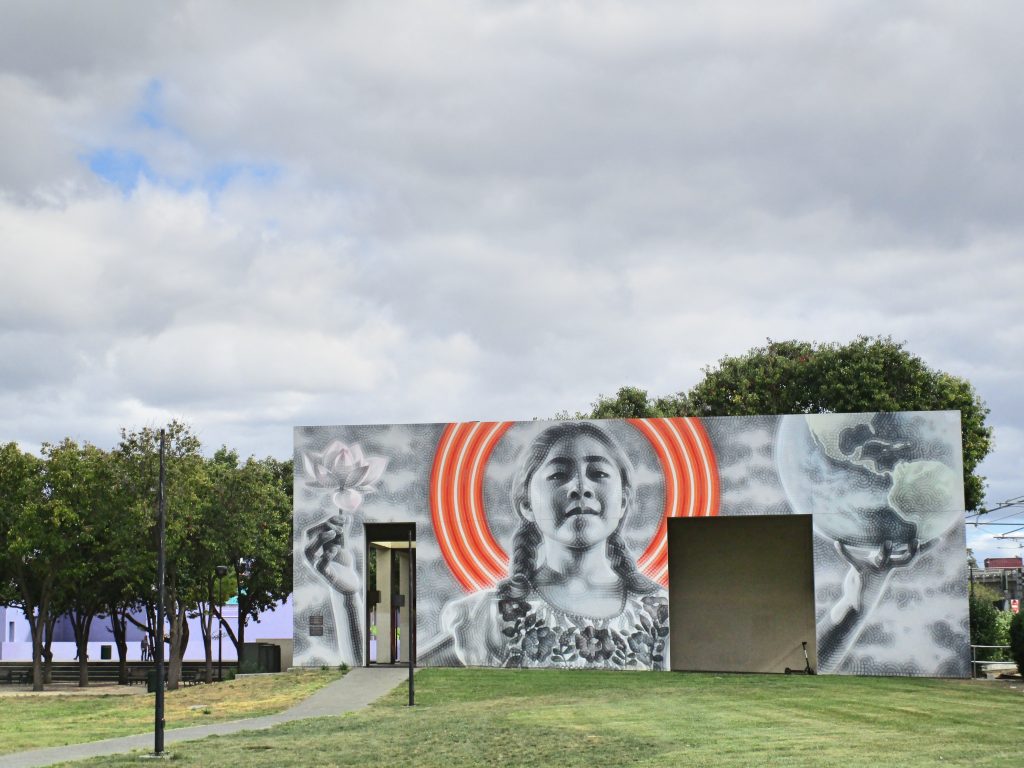
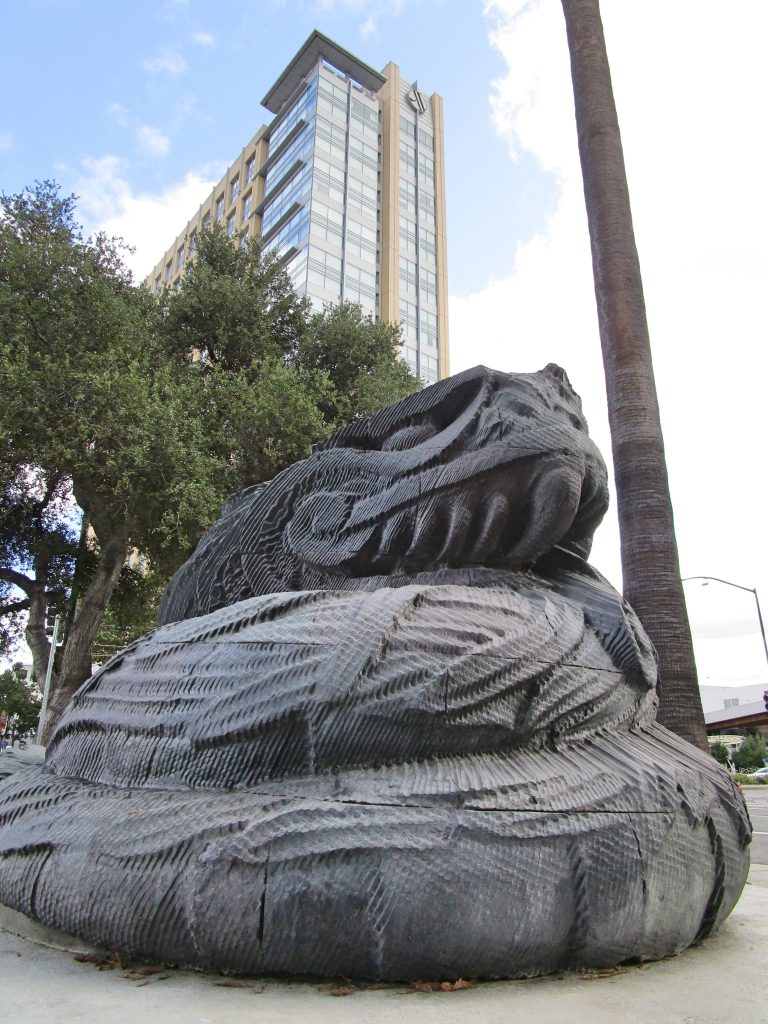
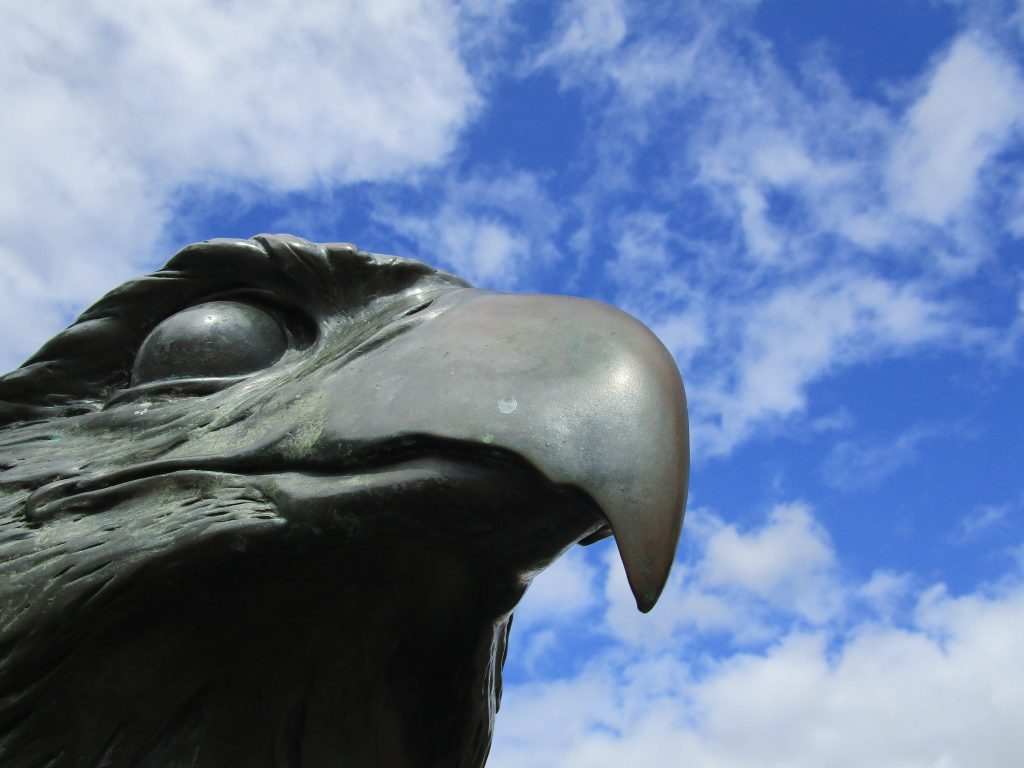

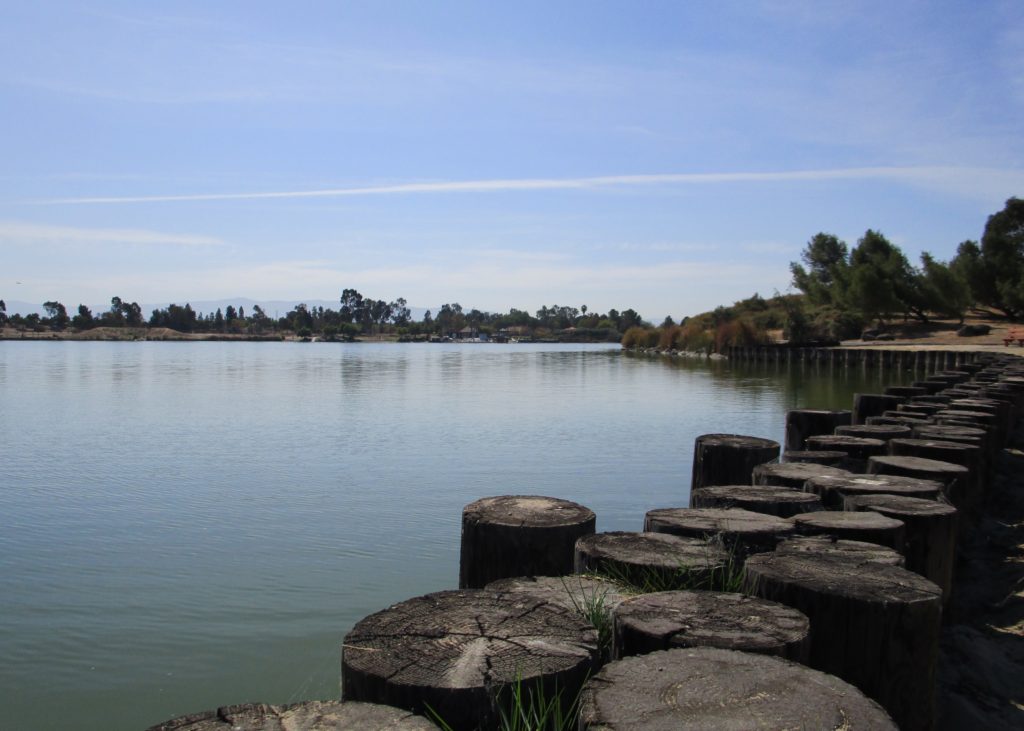
This last weekend we went to Lake Cunningham Park for the Fall Family Fun Festival. It was pretty impressive. The park is already a neat place to play and visit. The Fall Festival added a whole bunch of great activities, however, and it was all free. That is what amazed me, that there could still exist an event like this where all is free for the public. I mean everything you would need for a great family day including parking, performances, activities like zip lining and rock climbing, pumpkins- big ones too, hotdogs, chips and water that Lucky grocery store donated and that the San Jose fire fighters were cooking and preparing for the community… all of this free! In budgeting there have been times at fairs when we have had to tell the kids no for certain rides or activities. So you can imagine how great it was to play at this community event and not have to say no for economic reasons to anything. We had a blast. It was a great experience and I am grateful to be paying taxes in a community like this and spending money in local businesses that contribute to these events. Also, I had no excuse but to go on the zip line, too. That was AWESOME!
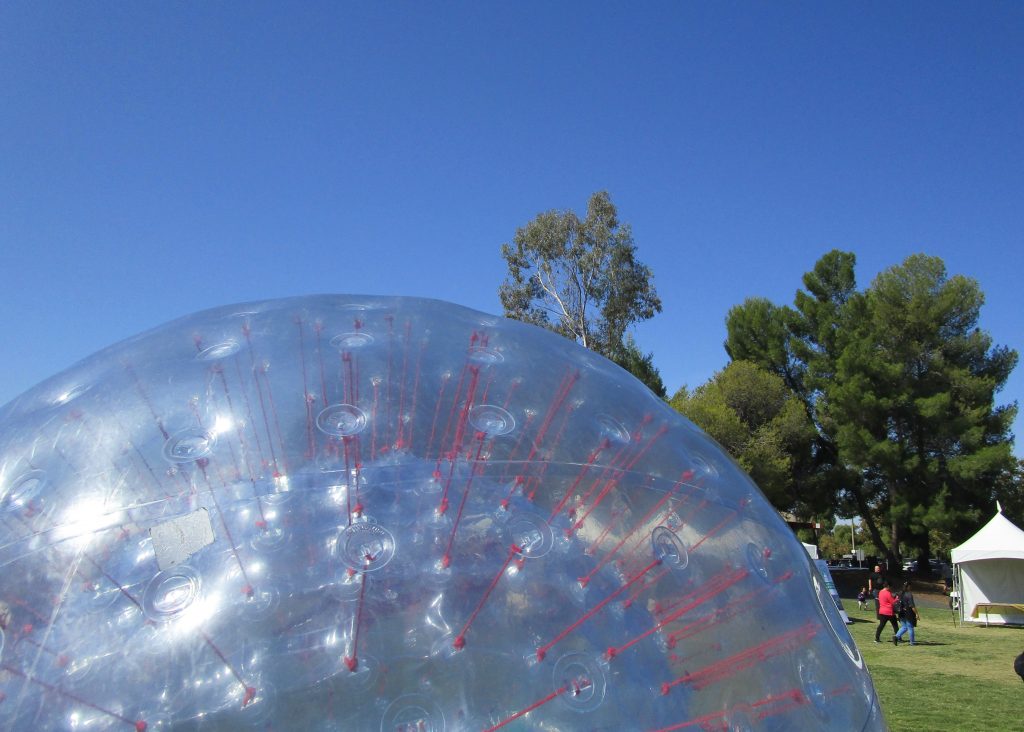
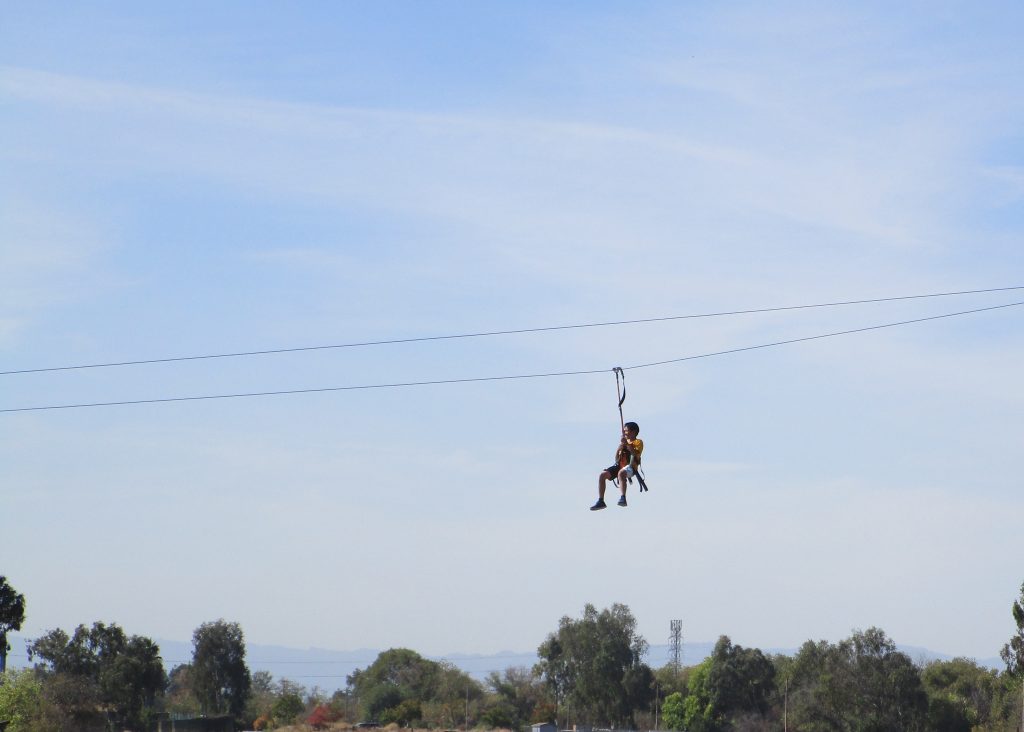
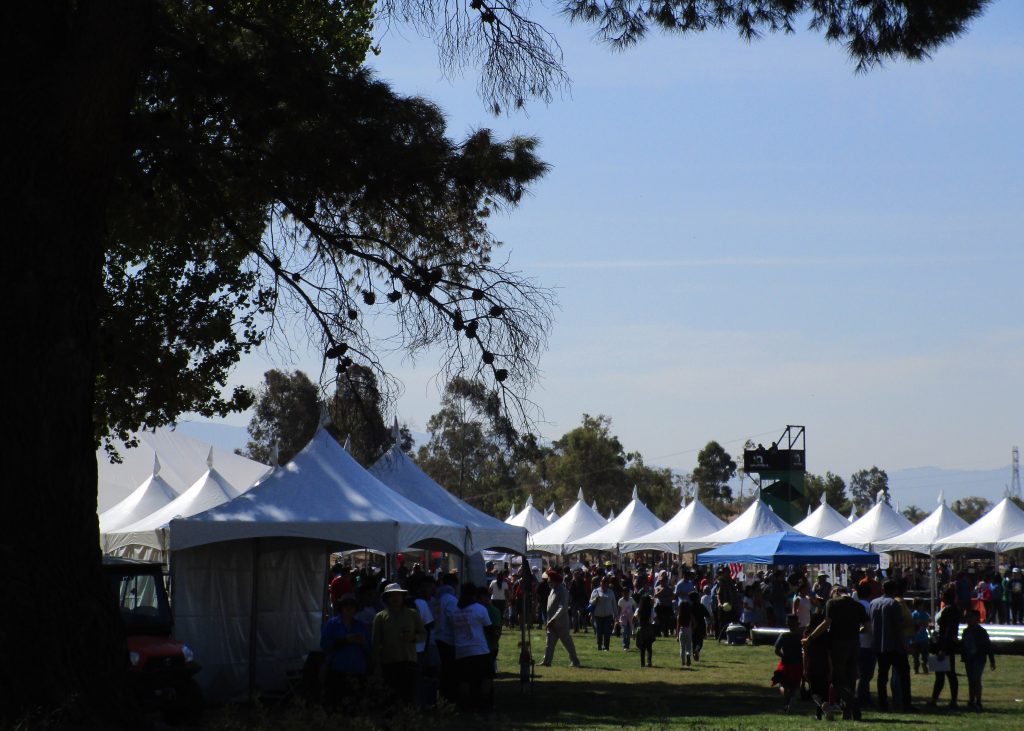
This is the central park of downtown San Jose, like the town square of its history. Today it hosts big events that bring us together. Well wishers and protestors have greeted presidents from here. Our annual Christmas in the Park takes place here as does a main stage for our huge annual Jazz Festival. Kids play here in the fountains on hot days. In this one place, through a year, we eat, we drink hot chocolate, we enjoy music, children singing, ride carnival rides, watch life, and so much more.
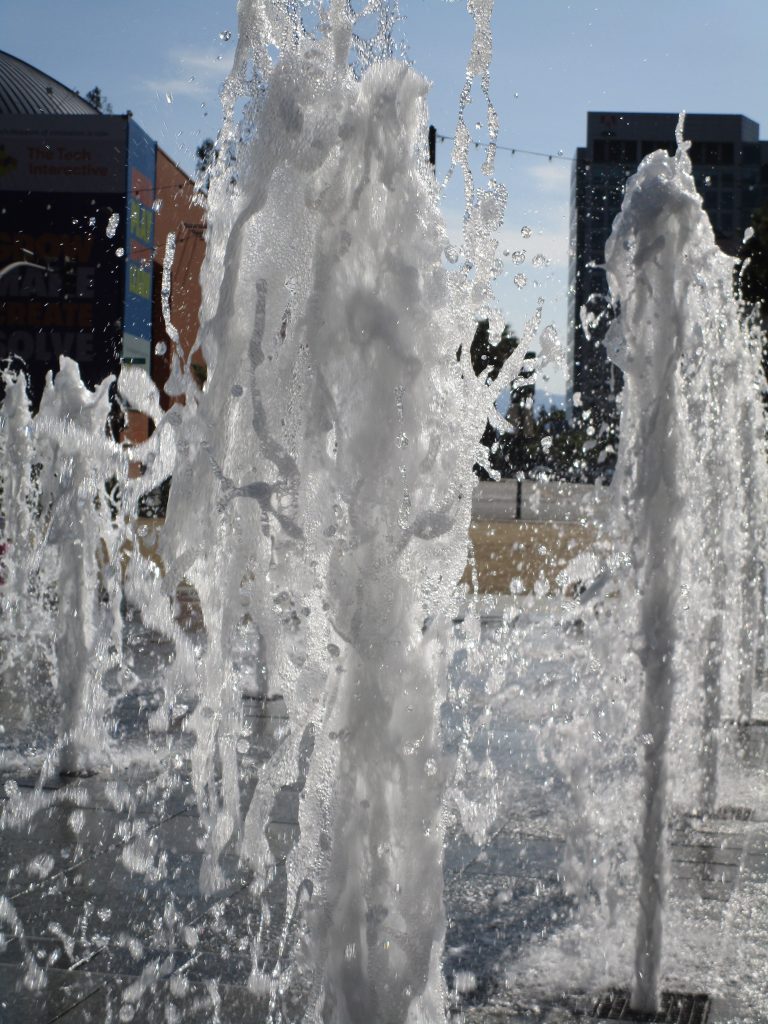
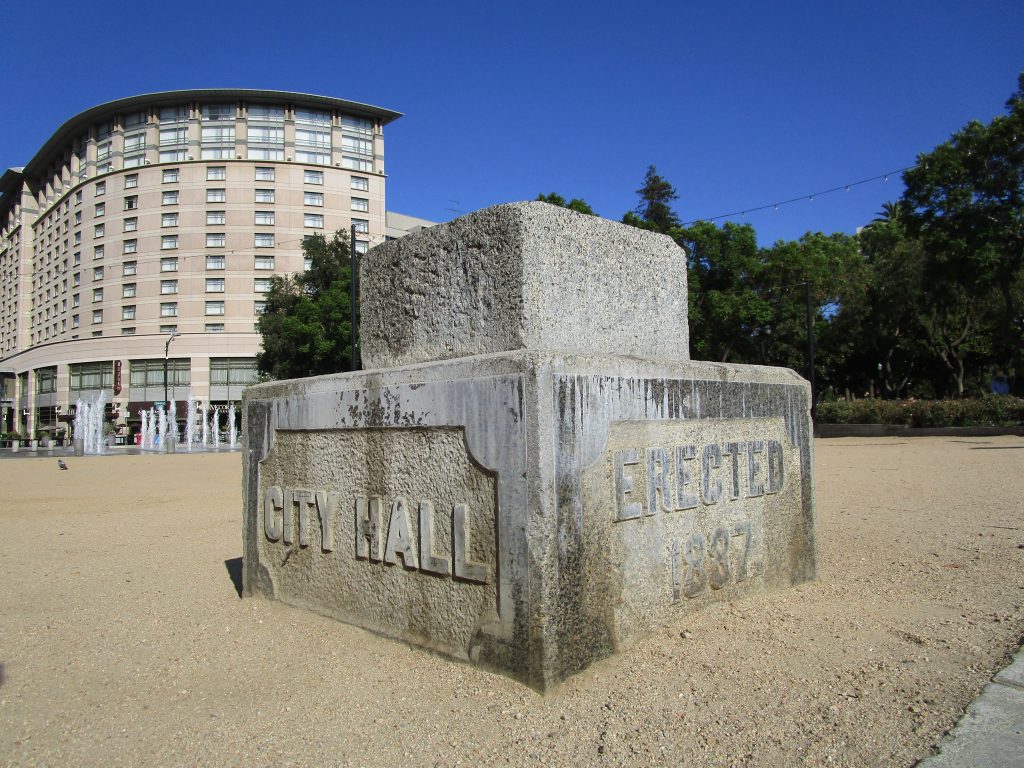
Across the street from the park, where the Fairmont hotel stands today, once stood our China Town. Also, the first Capital of California. Yes, there have been several capital cities of California. Before we were a state, Monterrey was the seat of government for California when this area was Spain, then when it was Mexico, and then when it was an independent territory. Once a state, the Capital moved to San Jose from 1849 to 1851. It had been intended that San Jose would remain the capital but due to a series of issues with land (interesting info here: https://library.ca.gov/california-history/previous-ca-capitals/#), the capital moved to a series of cities from San Jose 1949, to Vallejo 1852, to Sacramento 1852, then Benicia 1853, back to Vallejo, and then back to Sacramento. Due to flood damage in Sacramento, San Francisco was made our temporary capital for the year of 1862 before returning to Sacramento. Lots of moving around. Eventually, the capital settled in Sacramento where it resides today.
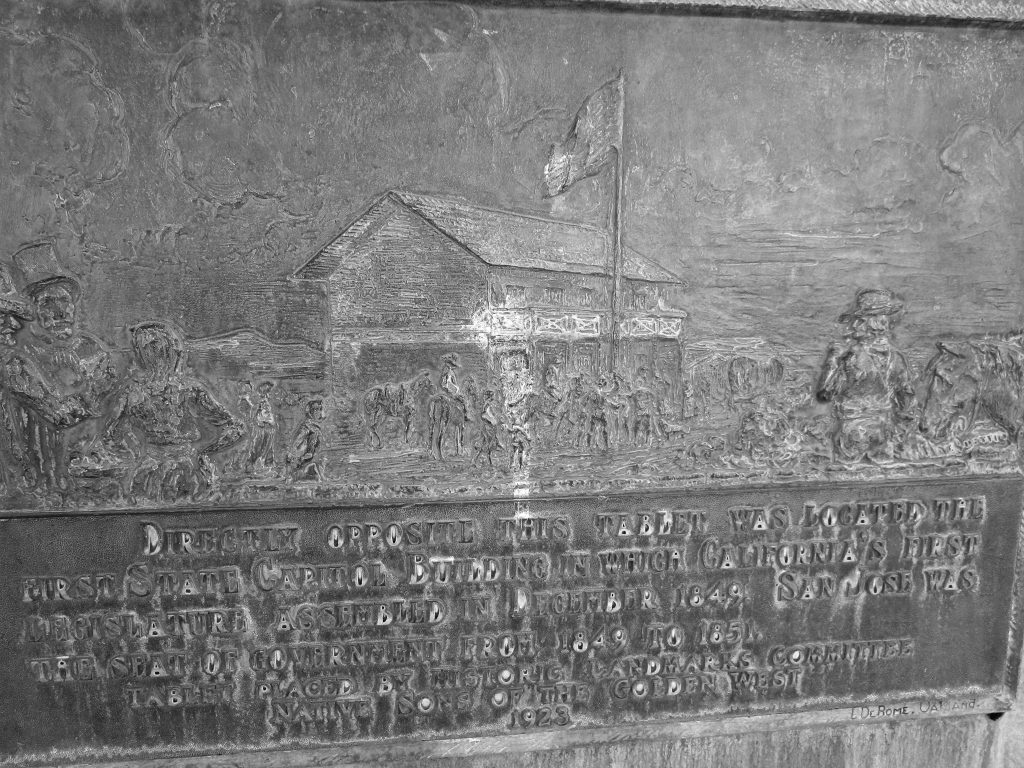

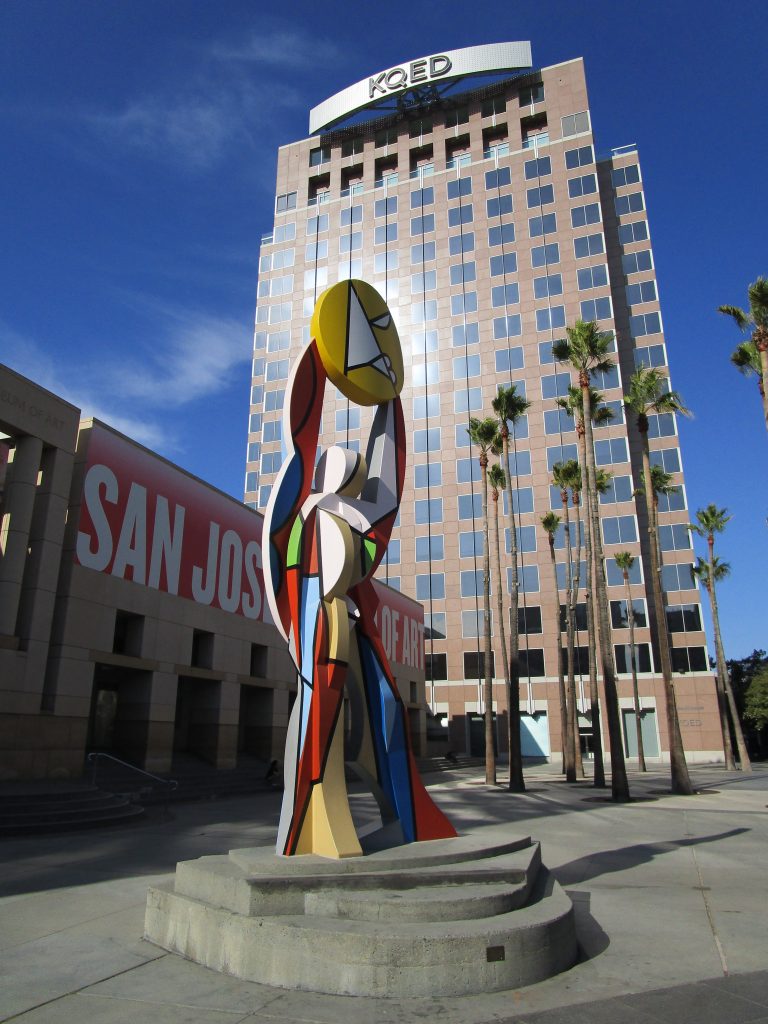
From this spot pictured above which is across the street from Cesar Chavez Park, you can spin around and see a lot of historical places. The iconic sculpture, The San Jose Museum of Art which was once our main post office, the KQED building where once stood the first radio station in the world are all pictured above. If you were to look to the right from there, beyond this photo, you would be able to see the historical locations of the first State Capital of California, one of the historic locations of San Jose City Hall, the location where once stood China Town, and so much more.
